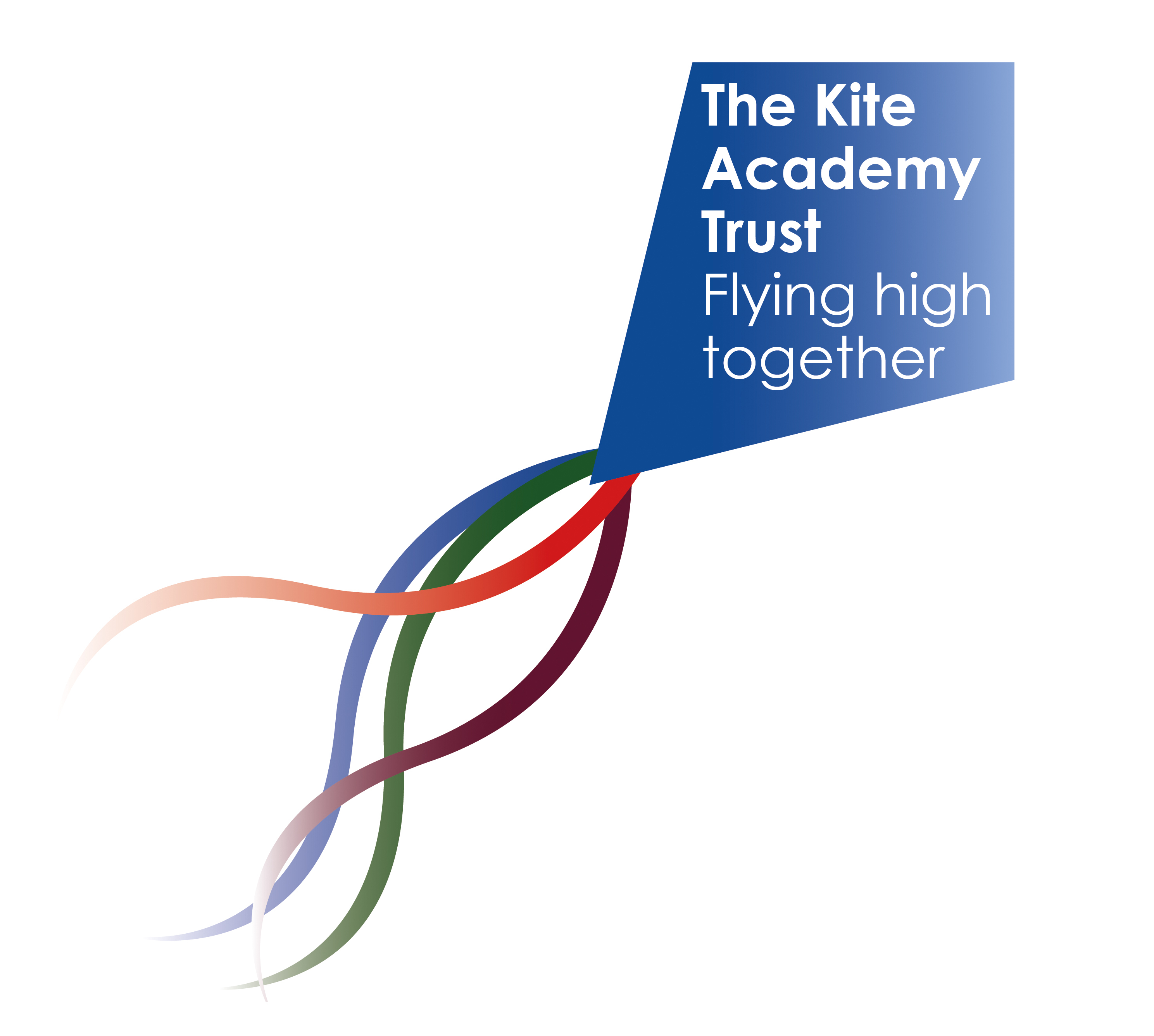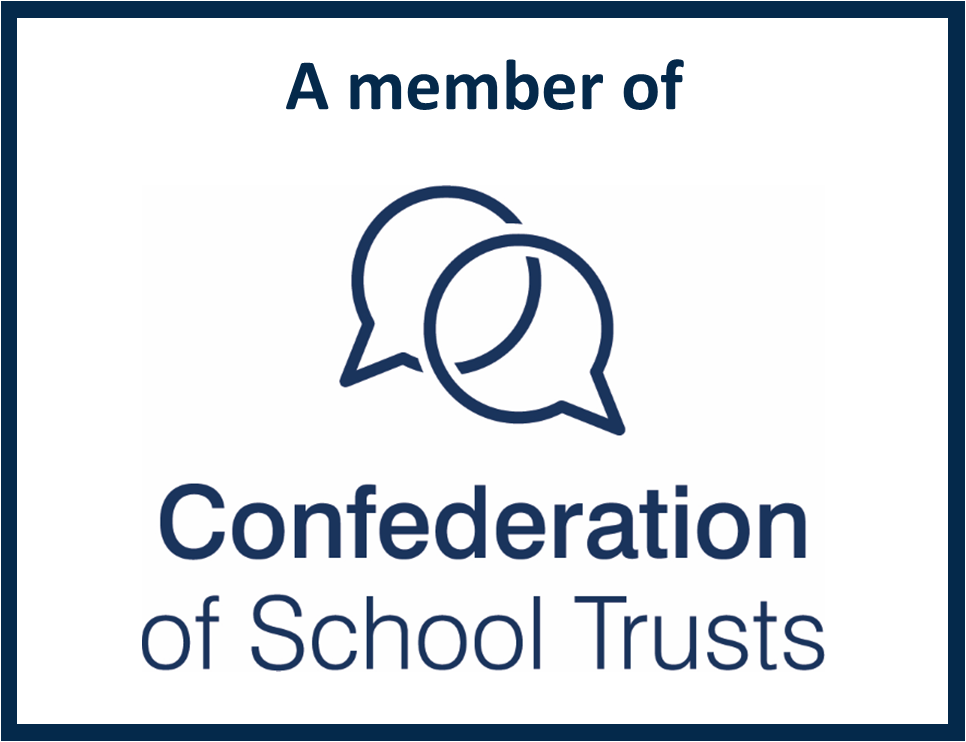Reading With Your Child
Regular reading for entertainment and relaxation is often challenged by hectic family lives and a lack of free, as well as often taking a backseat to screen time.
Parents are aware of how important reading is as a skill in relation to children's literacy and academic performance, but what about reading for pleasure? There can be too much emphasis placed on reading as a skill and not as a pleasure.
Parents are by far the most important educators in a child’s life and it’s never too young for a child to start. Regular reading to a child gives comfort and reassurance, confidence and security, relaxation, happiness and fun. It can also give children a flying start in life and help them become lifelong readers. Evidence suggests that children who read for enjoyment every day not only perform better in reading tests than those who don’t, but also develop a broader vocabulary, increased general knowledge and a better understanding of other cultures. In fact, there’s evidence to suggest that reading for pleasure is more likely to determine whether a child does well at school than their social or economic background.
“Reading is great for everyone, and loving books is something that can start when you’re very young. We can learn about people and life from stories, poems and non-fiction, and if you read to your children regularly for fun you will definitely be helping them in so many ways.”
Tony Bradman
It’s Never Too Early to Start!
Talk to your bump. Your baby can hear sounds as early as 18 weeks and talking regularly to your bump will help them recognise your voice and be comforted listening to you even before they’re born.
Reading to Your Baby
To a young baby, ‘reading’ means holding them in your arms, exploring a soft book. Start reading with your baby when they are around three months old. Remember that for babies reading is like play – let them wave the book around.
The youngest babies (under 6 months old) benefit from books that have simple but bold or bright images with lots of contrast. Black and white works well too. Talk to your baby as you look at the books, but words on the page aren’t necessary.
As they get a bit older (7 to 12 months), you may want to expand your collection to books with simple phrases or just a line of text that relates to the picture on the page. Be guided by what makes reading fun for you both.
Babies aged 12 to 18 months may find books with pictures of other children doing everyday things interesting. Same goes for books that have animals, television characters, or other familiar scenes in them. For this age group, you may look for books that have more detailed pictures and a simple story or progression of events.
As your baby starts to babble and eventually talk, try involving them in what they see on the page. Use the pictures as well as the words. Babies learn by doing: as baby reaches for the pictures, say the words to help build vocabulary. For example, point to a picture and ask “What’s that?” or declare “That’s a banana!” to get your child engaging with the book. Keep it positive and try to repeat your child’s words back to them (“Yes — that looks like a cat, but it’s actually a squirrel!”).
There are lots of books, so try not to get too overwhelmed. Nursery rhymes, especially ones you might have memorised, are a good choice for babies. Join your local library and go to Rhyme Times!
Be relaxed about what books mean to a baby - a five-minute bouncy sing-song game with an open book is still reading!
And as far as construction, look for sturdy books that are made from cardboard (board books), fabric, or vinyl. Books with handles are also fun and let your baby transition from reading time to play time.
Reading to Your Toddler
Children between the ages of 19 and 30 months also enjoy books that feature familiar characters. At this age, they tend to prefer books with lots of action, pictures, and details. Look for books that contain short stories, particularly those with cause-and-effect relationships or a problem that the characters must work to overcome.
Repetition is important at this age, so try to find books that allow you to rhyme, sing, or otherwise repeat the text in some way. While you’re at it, take some time to pause as you read books with repetition to see if your little one fills in the blank.
You may also want to take time to draw connections between a main character and your child. For example, you might point out, “He’s sleeping in a big boy bed, just like you!”
You can start introducing books made with paper pages versus board books at this age as they chew them less!
For more tips on reading with your young child, click here
Reading to Your Younger Child
Children in pre-school, Early Years and KS1 will be at a varying stage of reading development. Younger children (and even some older ones) may still appreciate pictures with little text. That said, you can start introducing stories that have more complex plots in them and books with more words than pictures — even chapter books. As they progress through KS1, it’s a good idea to take their lead when it comes to simple versus more complex books.
Be guided by how long they will listen. For younger children this may be quite short periods of time, while slightly older children may be readier to listen for longer. As for how often, there’s no right answer, but many experts suggest a routine helps. For school-age children, a bedtime story can be a nice way for you to spend a small amount of time together and wind down after a busy day. For pre-school children, shorter bursts of reading throughout the day may be a good idea but, again, be guided by how long your child will listen.
As you read to your child, try to bring the characters to life – talk about the characters, the drawings and the events so that the story starts to come alive. Don’t be afraid to try different voices or try out your acting skills. While you may not win an Oscar, your child will enjoy your performance and appreciate the story even more. Remember that your face says it all – so exaggerate your normal expression times three like a children’s TV presenter: children will love it!
Emphasise repeated words and phrases (‘the big bad wolf ’; ‘… blew, and blew, and blew the house down’). In this way, your child starts to learn the language used in books. Encourage your child to say the words with you.
Turn off the television and concentrate on enjoying the book.
Try audio books that children can listen to in the car, on computers or phones – this is a great way to build a child’s understanding of stories and improve their listening.
Ask questions as you move through the text— you don’t have to wait until the end of the book or chapter to check your child’s comprehension. Try open-ended questions like “What do you think might happen next?” These will help your child delve deeper.
For more tips on reading with your 3-4 year old, click here
For more tips on reading with your 4-6 year old, click here
Reading to Your Older Child
Don’t stop reading to your child once they learn to read for themselves! Or their reading age catches up with their listening age! While independent reading is certainly important, reading out loud to children as old as age 14 still holds benefits, both academically and emotionally.
Reading Age Versus Listening Age
If your child is eight, they will probably have a reading age of around eight. This means his reading skills and abilities are exactly what a teacher would expect from an eight-year-old. But your eight-year-old will have a listening age at least a couple of years ahead of their chronological age. Their listening age will probably be at least 11 or 12 years old. This means they'll understand and enjoy listening to you reading books which were written for 10-12 year-olds to read on their own. This is one of the great reasons for reading to your older child: so that they can enjoy books with richer, more complex stories which they would find difficult to read on their own. It extends their vocabulary because they have the opportunity to hear more complex language and to ask you about words they don’t understand. Your child will have the opportunity to build their general knowledge which will help them to do better at school. And ultimately, it encourages a love of reading and books.
Why not:
• Buy or borrow two copies of the same book - one for a parent and one for the child? Read it alone but talk about how the story is progressing. It can create a wonderful bond as you discuss the story, look forward to reading the next installment each night and wonder together in between reading sessions what will happen next.
• Read classics and more challenging books together - take it in turns to read aloud and problem-solve together over unusual language.
“Books transform children’s lives - they can open windows onto new worlds, widen their horizons or even just make them laugh themselves silly! Reading for pleasure can give children the key they need to unlock their dreams.”
Christopher Edge

